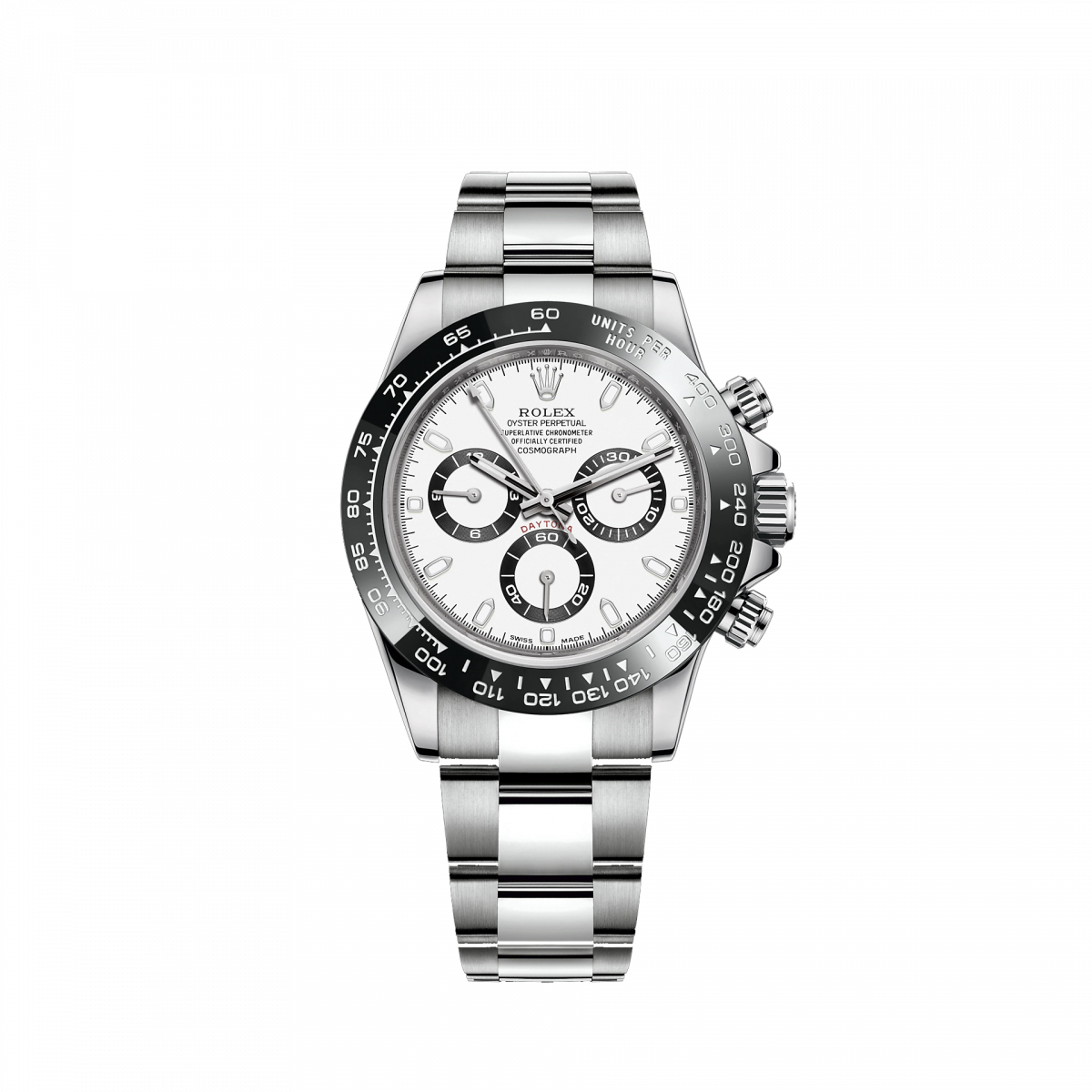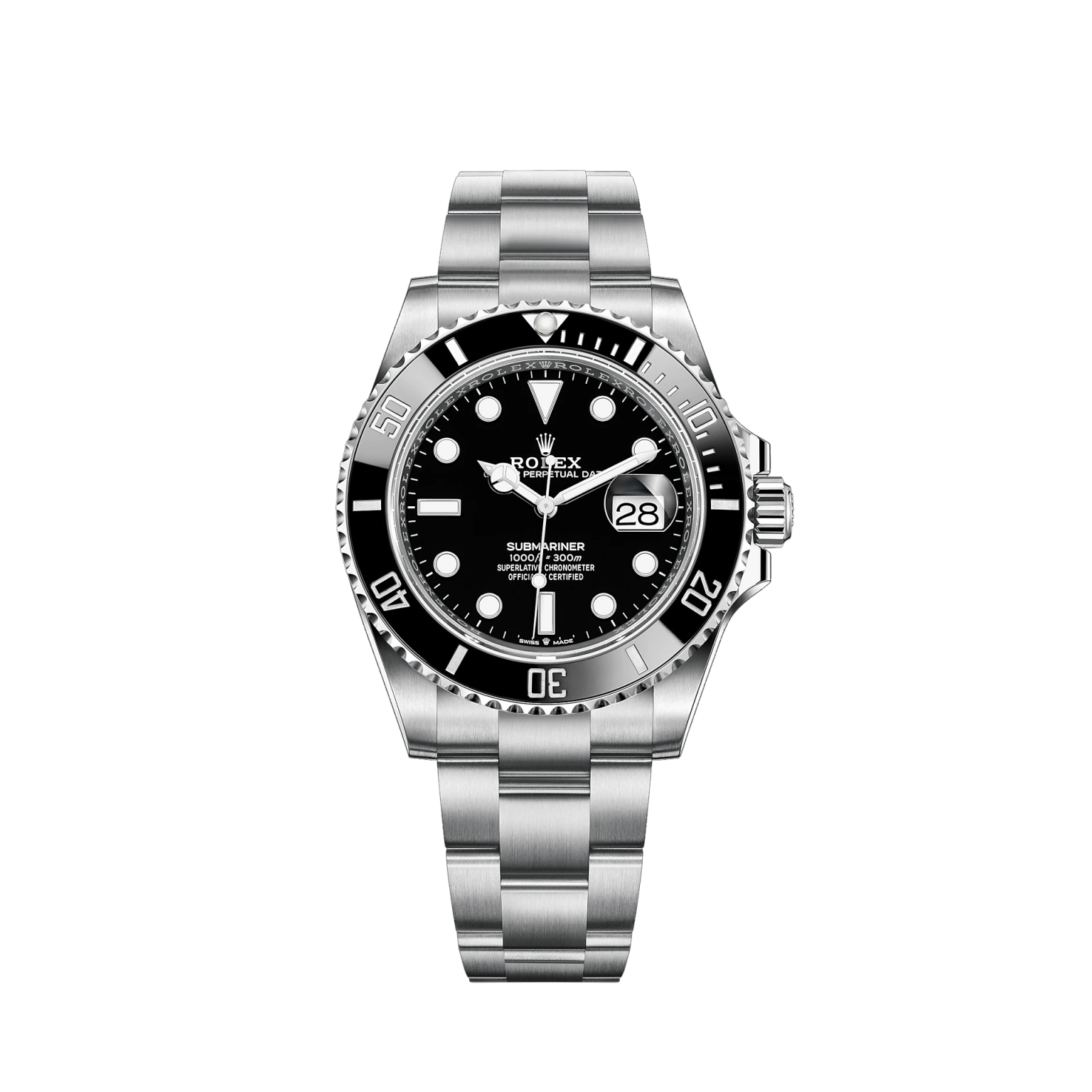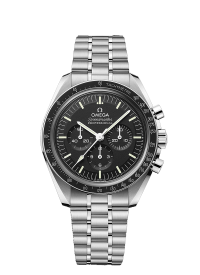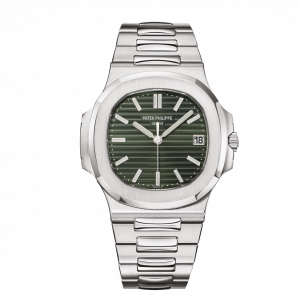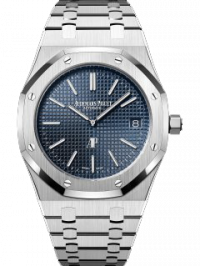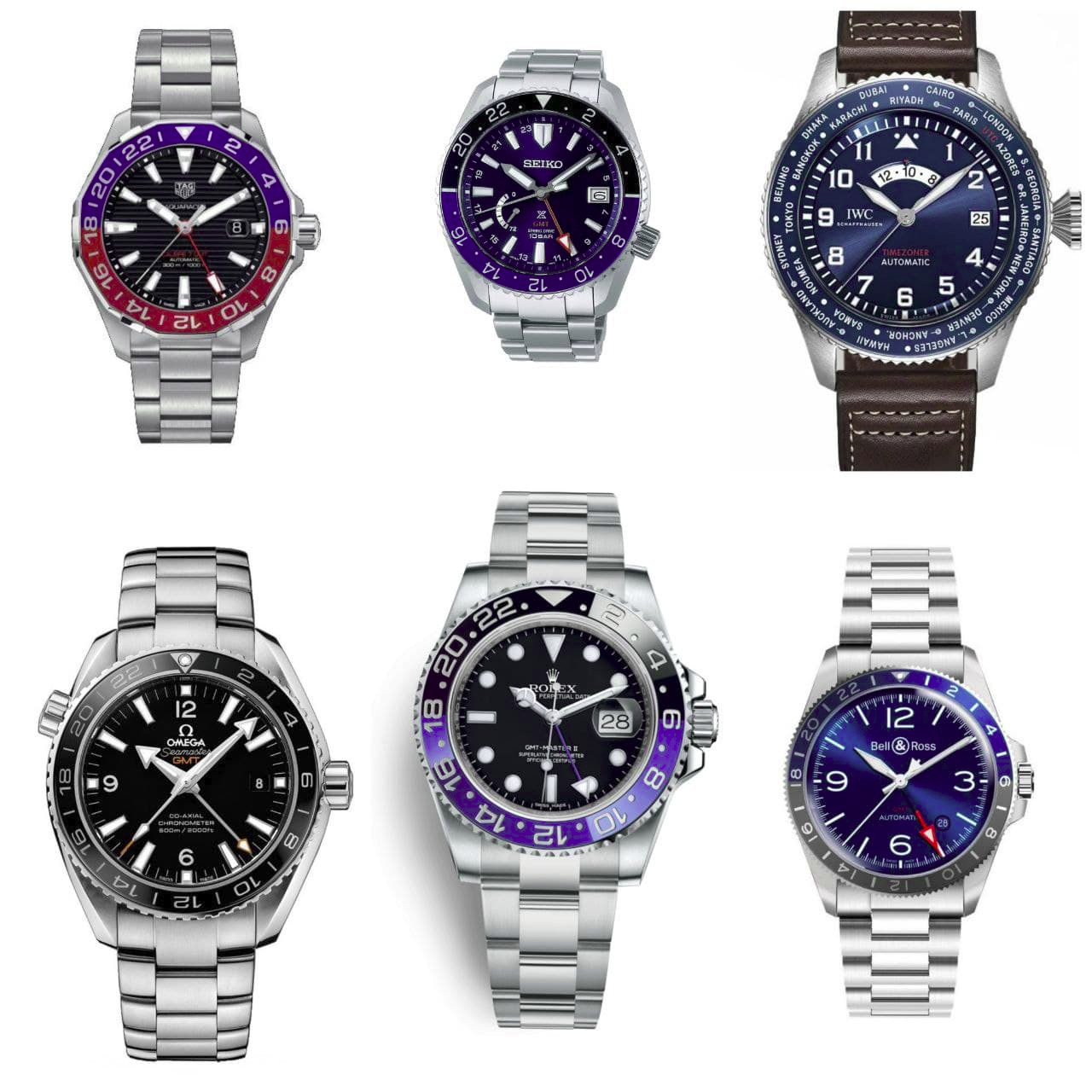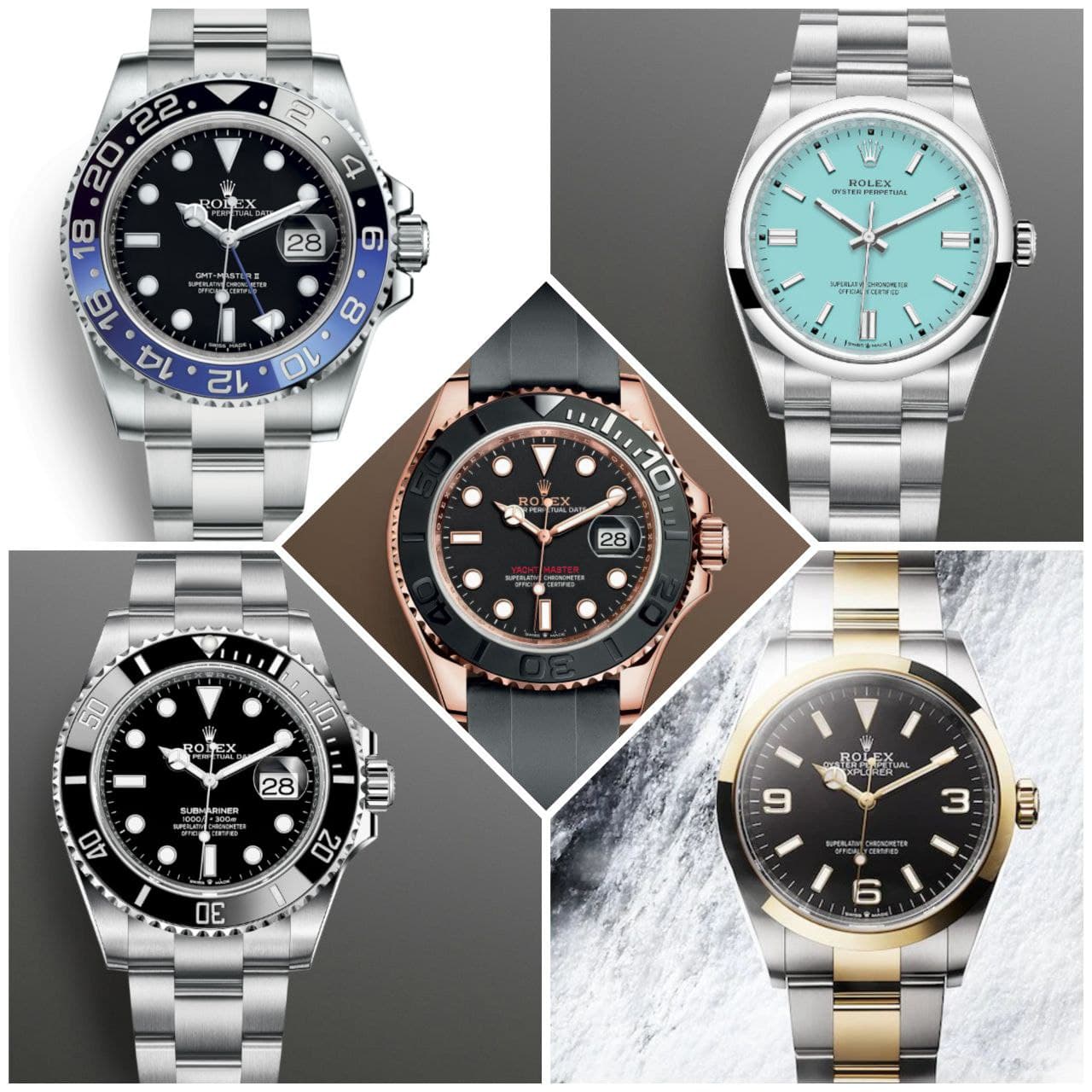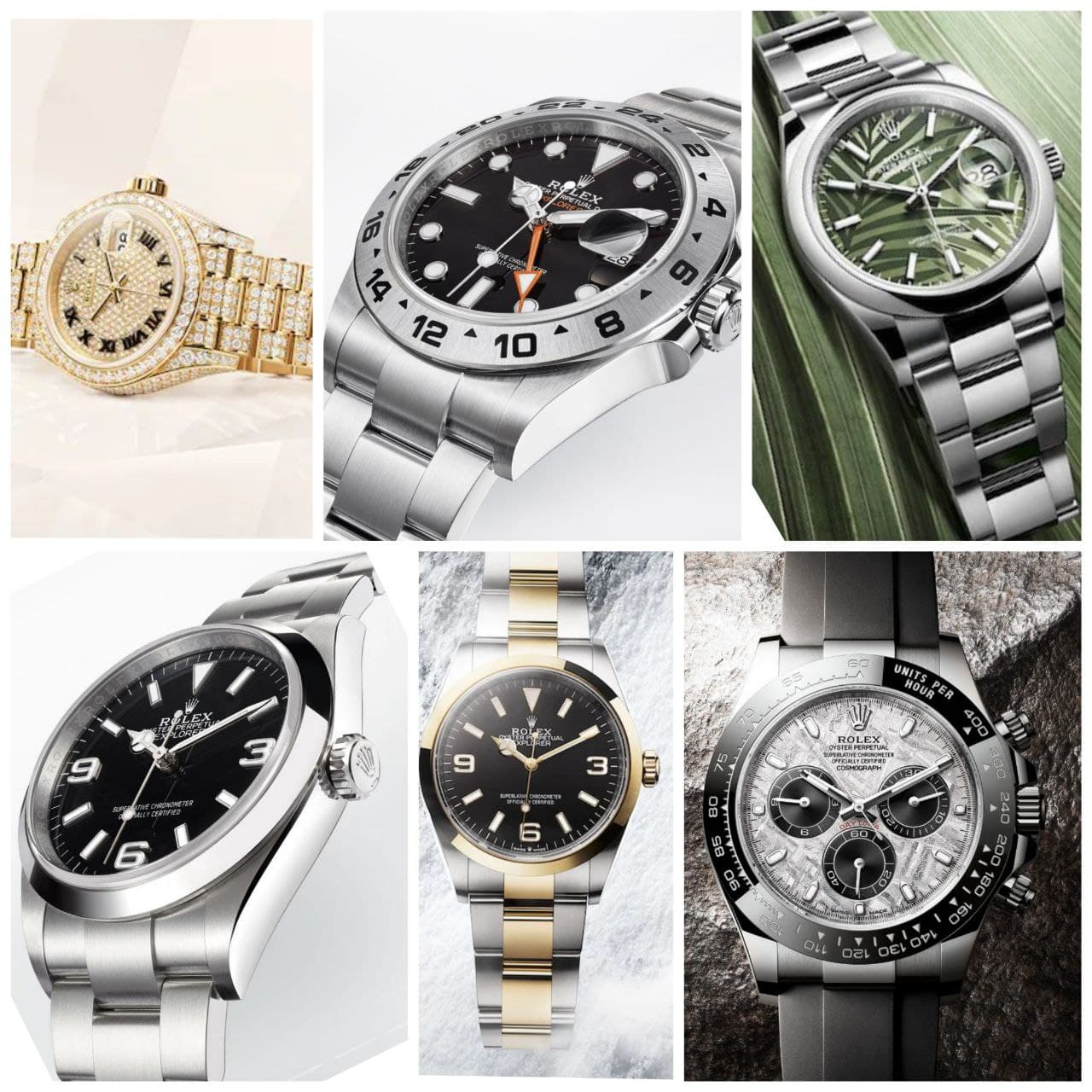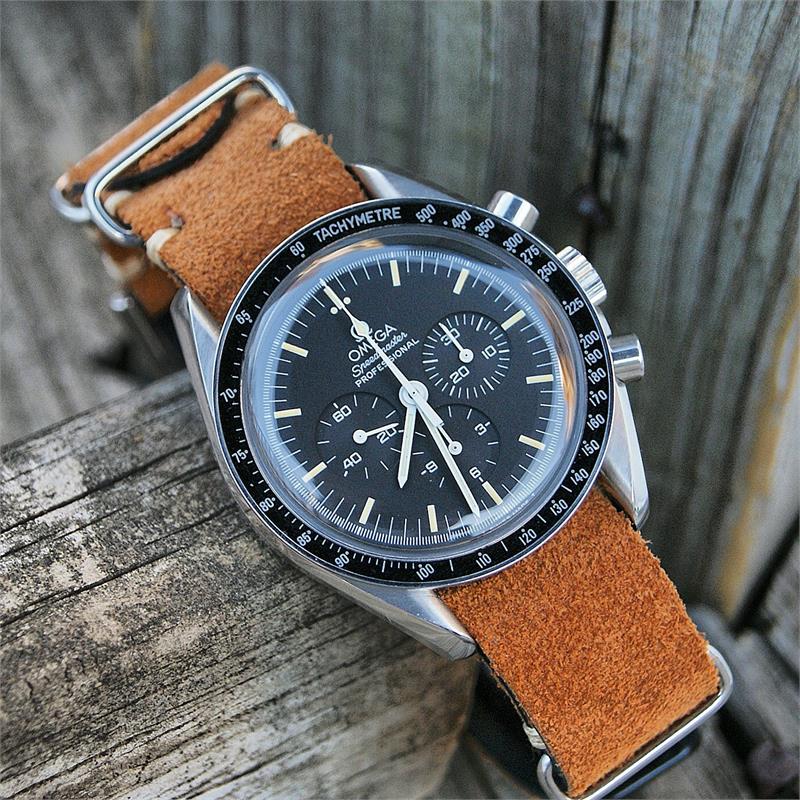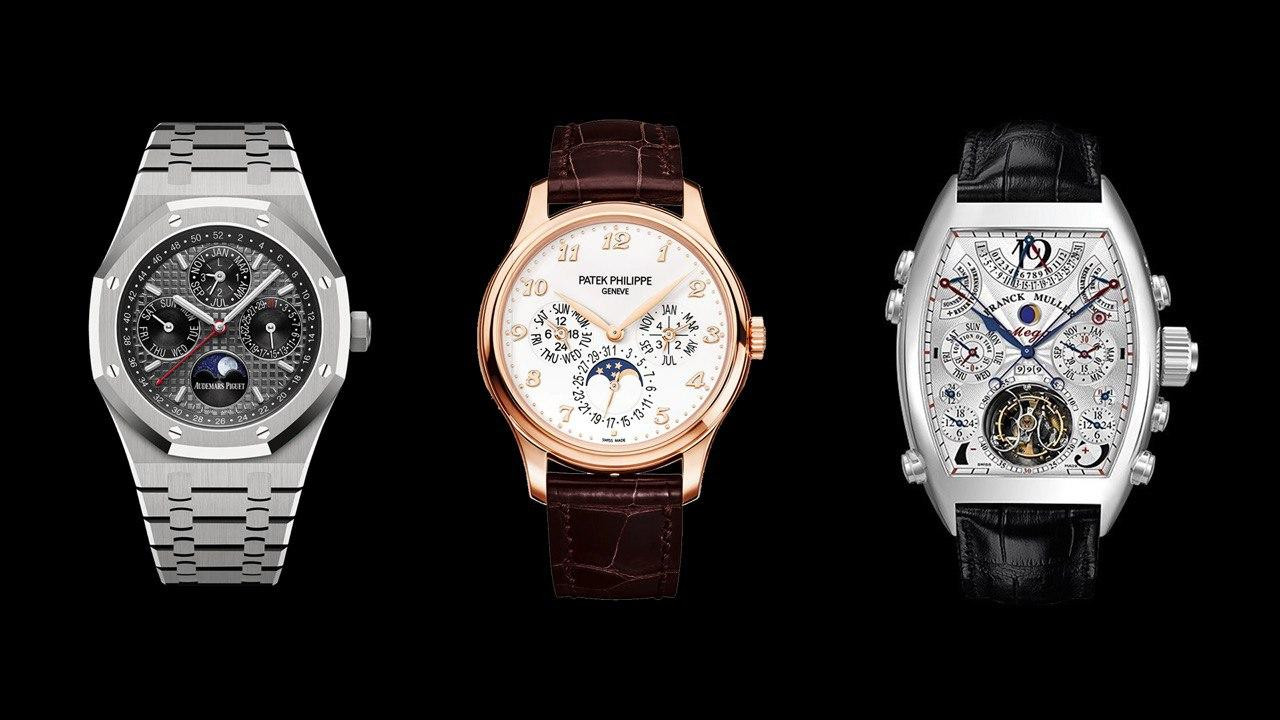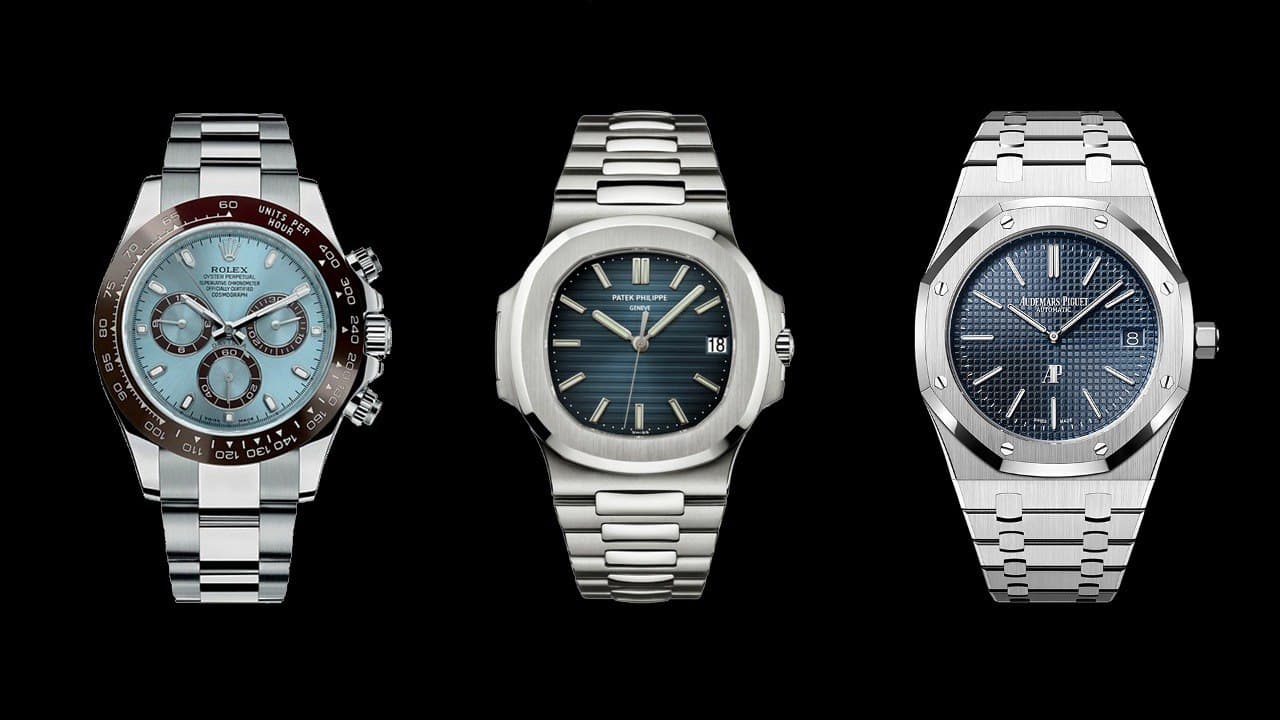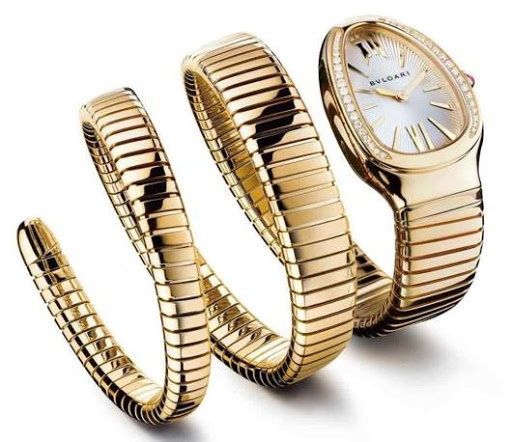- Watches wrist watches are, by their nature, exposed to shocks. It is almost inevitable, at some point, that something will affect the cleanliness of the lines of our beloved timepieces.
Il glass of a clock is the part most exposed to scratches, as well as the one where a sign is more visible, since it covers the dial. Let's see what the benefits and disadvantages of the various types of glass for watches, with particular regard to the effect of impacts e crawl on it.
Pros and cons of plexi glass
Un plexi glass, the most common solution in watches vintage and in some - rare - contemporary cheap watches, it's the softest and most easily scratched of the three. The advantage of this material is the reduced cost, which makes replacement accessible, and the fact that it can be polished. Another positive aspect of the plexi glass, or in polycarbonate, is its elasticity, which allows it not to need a sealing ring to adhere to the bezel.
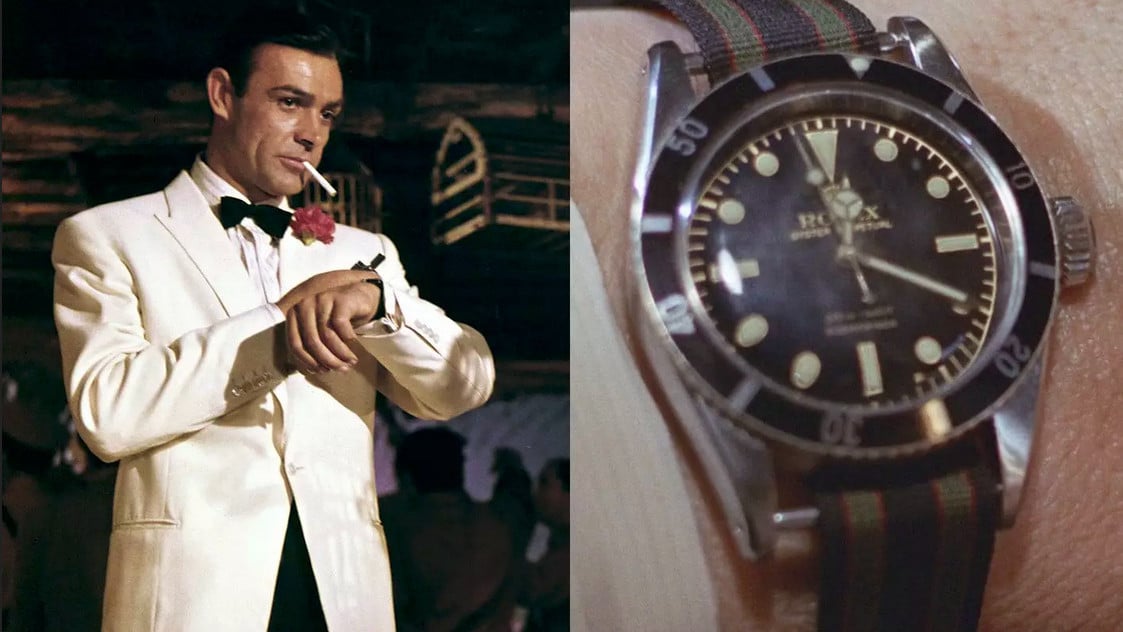
The famous Rolex Submariner by Sean Connery was fitted with a plexy glass, with a characteristic distorting effect at the edges of the dial.
Pros and cons of mineral glass
Il mineral glass it is normal glass with a hardening surface finish. It is a solution economic compared to sapphire crystal but more prone to scratches. Unlike the plexi glass, cannot be polished, but i scratch that are usually formed are modest and do not disturb the overall aesthetics of the watch too much.
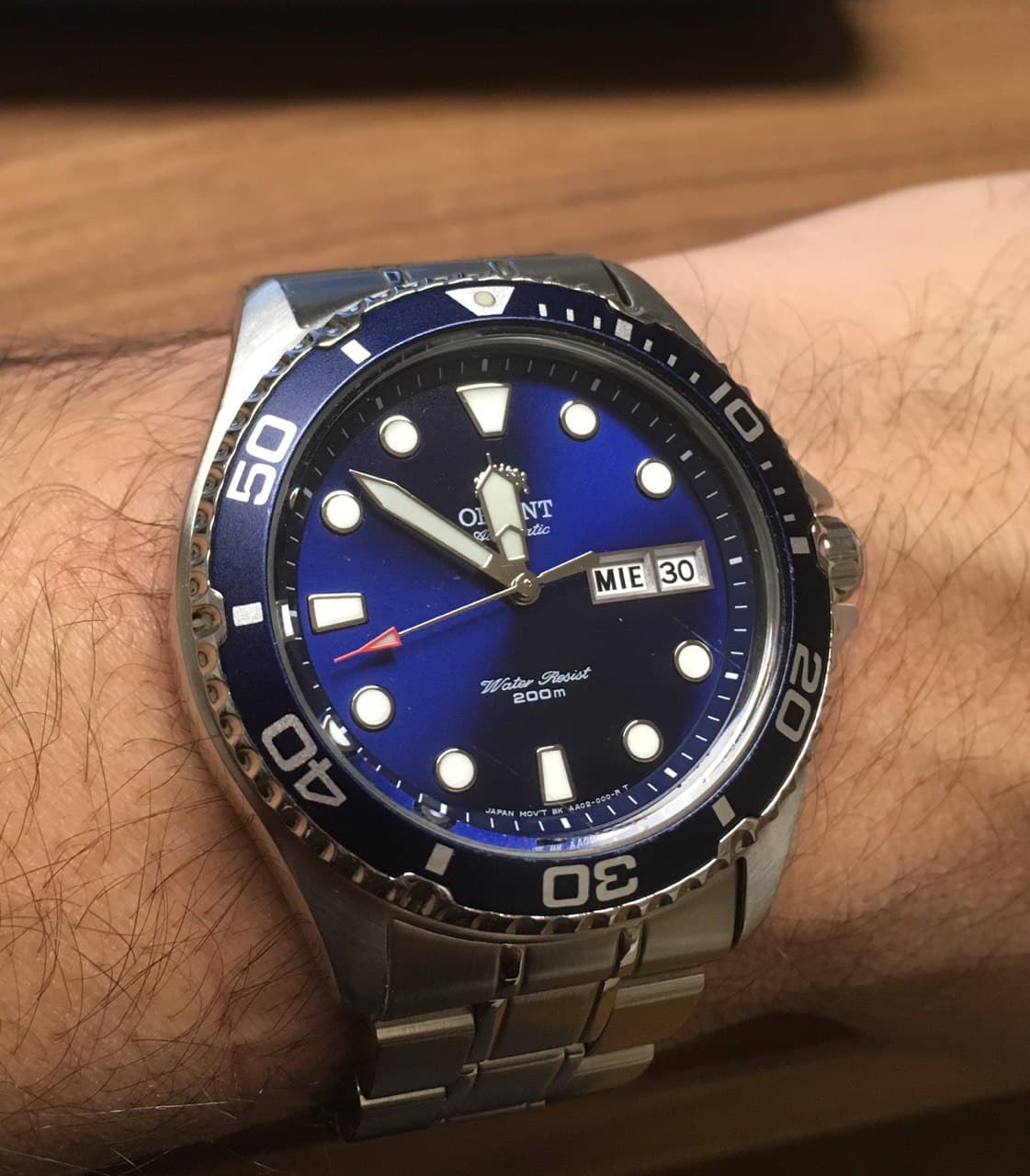
The effects of scratches on the mineral glass of this Orient are visible at 4 and 6 o'clock
Pros and cons of sapphire crystal
Il sapphire crystal it is the most expensive and advanced solution to the problem of scratches. It is synthetic corundum, obtained by melting aluminum oxide. This material is almost unscratchable, but in the rare, though not impossible, case where it breaks, the replacement cost is higher.
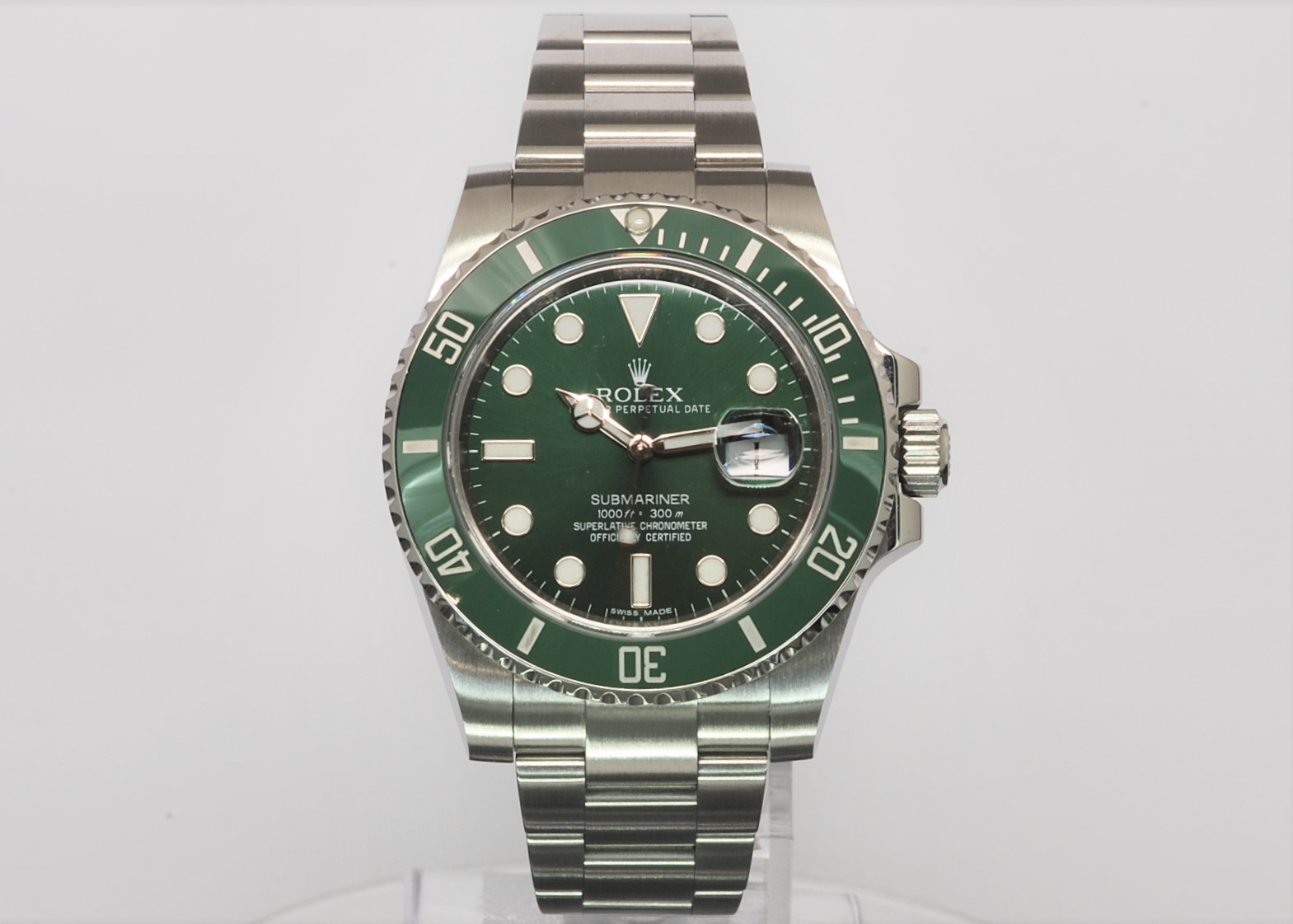
A recently produced Rolex Submariner, equipped with sapphire crystal
Final tips
When you go to replace a glass, especially if it is not a plexi, it is best to avoid DIY. The mineral glass and that sapphire, if cracked, they can release very fine chippings that go to insinuate themselves into the movement: that's why a professional watchmaker, when he has to replace a broken glass, he also checks the mechanics of the watch.


